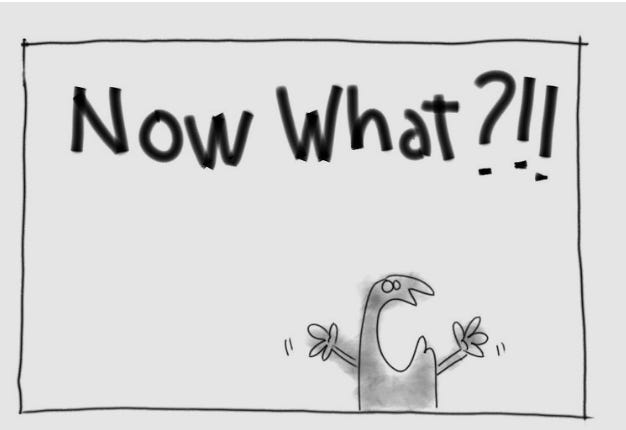Being the guest on a lot of podcasts and virtual programs, now a standard
part of any author tour, provides a rich resource for the kind of stories you end up
wishing you’d included in your book.
For example, when I did guest duty on Lisa Earle McLeod’s engaging LinkedIn
Live program at the end of February, Lisa asked if I intended my behavior-not-bias
approach for building inclusive cultures to imply that unconscious bias training is
ineffective.
Not necessarily. The chief problem, in my experience, is that while
unconscious bias training can offer important insights, it rarely shows us how to
act on these insights. As former CEO of Cardinal Health Care Mike Kaufmann
memorably observed, “It’s all aha moment, without the now what?”
Another persistent problem is how unconscious bias training is delivered.
The material it aims to surface not only lies within our heads, it’s also negative.
After all, we’re talking about bias. When not handled with extreme sensitivity, the
process can raise hackles and stir backlash.
I’ve watched this happened for years. But until I was on Lisa’s show, I
hadn’t considered the degree to which it can reinforce the experience of being an
outsider for some who participate.
Lisa began her career as a sales superstar working for a global company
widely known for the excellent training it provides. An early proponent of
fairness and inclusion, the company became one of the first to roll out
unconscious bias training to its leadership teams; this was in the mid-90s. The
purpose was to raise awareness among male leaders (the leadership at the time
was virtually all men) about the kinds of barriers women and people of color
faced. And to provide insights for those outside the leadership mainstream about
what their colleagues’ perceptions might be.
The firm hired to deliver the training sessions urged participants to get real
about how working with people they perceived as different from themselves made
them feel. The presumption was that giving people the opportunity to be
completely honest and essentially tell on themselves–– a common therapeutic
technique–– would create the conditions for more authentic and fruitful exchange.
Lisa says, “I was accustomed to being the only woman in the room, and had
gotten pretty comfortable with that. I assumed the men I worked with had also
adjusted or were adjusting. I thought we had good relationships and believed I
was pretty well accepted in what until had recently been an almost completely
male world.”
Not really, as it turned out.
Lisa was stunned when male colleagues in the sessions began opening up
about how uncomfortable working with women made them feel, and how they
resented having to deal with women on their teams. The other outsider in these
sessions, Todd, an African American male, was also alarmed at hearing his
white co-workers discuss how their families’ long-established biases against
people of color influenced their perceptions and comfort level. “He and I were
both like, so this is what they think of us?” Lisa recalls. “We felt completely
blindsided.”
As the sessions ended, the trainers congratulated the participants on being
open and honest and encouraged them to continue being so. But for Lisa and
Todd, the experience was devastating. “After you hear the kinds of comments
we heard,” she notes, “you cannot unhear them. They continue to echo in your
head. It’s no surprise that Todd and I both ended up leaving the company not
long after that. We’d thought we were pretty comfortable before we came in, but
those sessions showed us that we’d misjudged the situation.”
The story Lisa told is not of recent vintage, but it reflects some ongoing
issues with unconscious bias training. First, it remains highly reliant on being
delivered with empathy and skill–– variables that are hard to control for. Second,
the clear-the-air, let-it-all-hang-out group therapy model from which it often
draws is poorly suited for people who need to work together.
Knowing the random thoughts that run through our colleagues’ minds does
not necessarily serve us, or serve them. It is in fact more likely to divide us than to
bring us closer. So being clear about the “now what?”– the actions that need to
follow insights, the “aha moments”– is really key to building inclusive cultures. I
hope that more workplaces will include concrete practices and behaviors we can
take as a way forward and beyond bias.
Click here to order my new book Rising Together from Amazon. Also available from your favorite bookseller. Thank you for your support!





